We put the Apple iPhone 15 Pro Max through our rigorous DXOMARK Audio test suite to measure its performance both at recording sound using its built-in microphones, and at playing audio back through its speakers.
In this review, we will break down how it fared in a variety of tests and several common use cases.
Overview
Key audio specifications include:
- Two speakers, (One top front firing, one side bottom firing)
- No Jack audio output
- Dolby Atmos technology
- Spatial Audio playback
Scoring
Sub-scores and attributes included in the calculations of the global score.
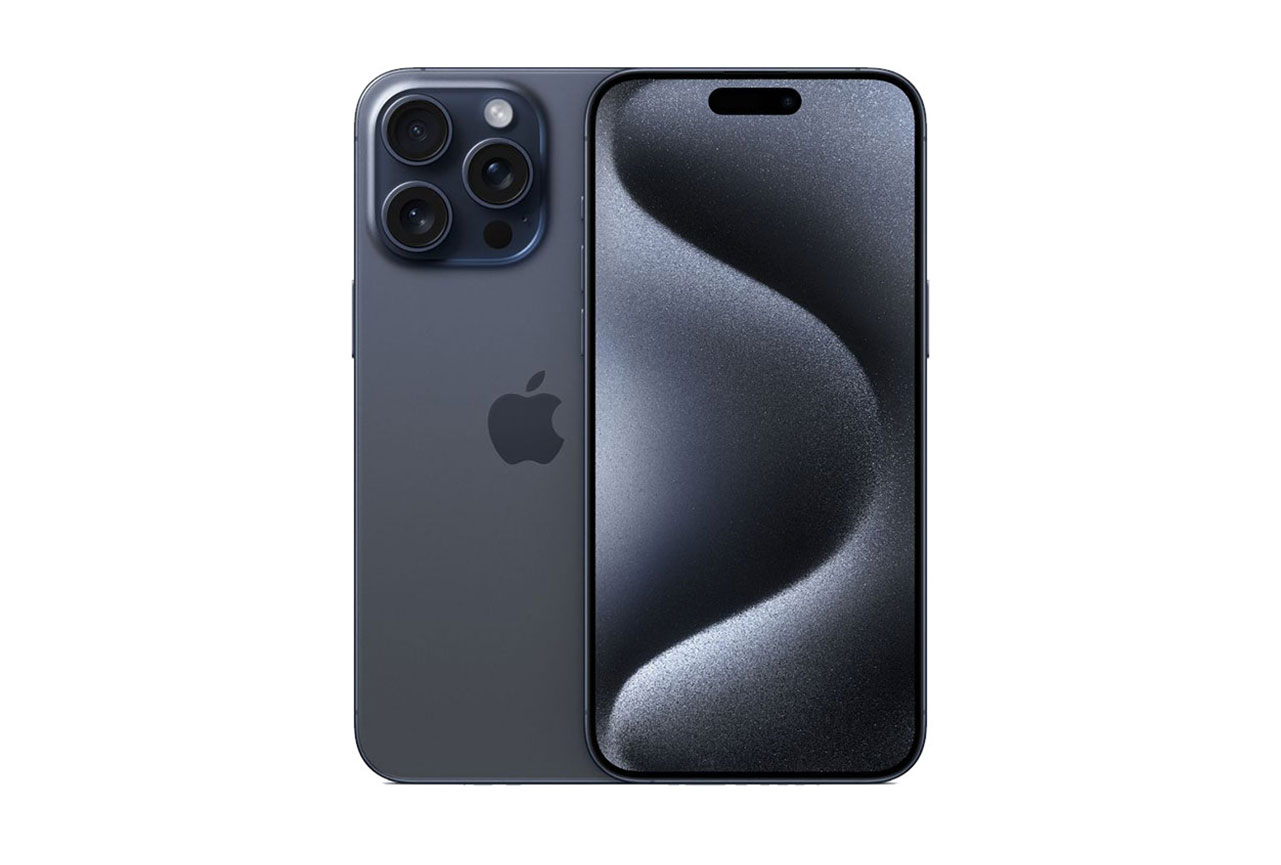
Apple iPhone 15 Pro Max


 13th
13th 8th
8thPlayback
Cons
- Distortion and compression at maximum volume and when watching movies
- Inverted stereo in the music app, as for all iPhones
Recording
Pros
- Good timbre performance overall
- Good at recording loud events, such as concerts
- Good dynamics performance
- Good handling of artifacts; wind noise reduction works well but could use some fine-tuning
Cons
- Midrange restitution dependent on use case; can sound either nasal or canny, depending on app
- Impaired signal-to-noise ratio, as main vocal content is slightly masked by ambient noise
- Underwhelming audio zoom performance
With a DXOMARK Audio score of 143, the Apple iPhone 15 Pro Max delivered an excellent performance that was very similar to what we saw on its predecessor, the iPhone 14 Pro Max. Playback quality through the built-in speakers was consistently great across all sub-tests. The timbre was very nice and offered a deep low-end extension. The iPhone achieved great results for the Dynamics attribute as well and the device was capable of creating a nice stereo sound scene with good localizability of individual sound sources. On the downside, our experts noticed some distortion and compression at the maximum volume setting when watching movies and, as with all iPhones to date, the stereo channels are inverted in the music app. Overall the iPhone 15 Pro Max performed best when listening to music and playing games. This said, it’s also a great option for watching movies.
Like for Playback, the iPhone achieved great results across all Recording test categories. Timbre and dynamics were great and unwanted recording artifacts were very well under control. Wind noise could have been managed slightly better and, depending on the app used for recording, midrange sounded either more nasal or more resonant. Ambient noise could affect the intelligibility of noises and the audio zoom function was not quite as effective as our testers would have liked. Overall, the iPhone 15 Pro Max was outstanding for recording concerts but also captured great audio with the selfie cam and main camera when shooting videos of friends and family.
Test summary
About DXOMARK Audio tests: For scoring and analysis in our smartphone audio reviews, DXOMARK engineers perform a variety of objective tests and undertake more than 20 hours of perceptual evaluation under controlled lab conditions.
(For more details about our Playback protocol, click here; for more details about our Recording protocol, click here.)
The following section gathers key elements of our exhaustive tests and analyses performed in DXOMARK laboratories. Detailed performance evaluations under the form of reports are available upon request. Do not hesitate to contact us.
Playback
Apple iPhone 15 Pro Max
163
DXOMARK engineers test playback through the smartphone speakers, whose performance is evaluated in our labs and in real-life conditions, using default apps and settings.
The latest Apple flagship phone does very well across most all Playback test attributes. Timbre is warm and clear, with natural treble and a rich midrange that is virtually identical to the iPhone 14 Pro Max. Bass rendition is pretty much flawless, powerful with deep low-end extension. In terms of dynamics, the iPhone delivers good bass precision and powerful punch. Attack is sharp and precise at soft and nominal volume, but at maximum volume, it is affected by distortion and compression.
The 15 Pro Max also does very well in the spatial category. The stereo sound scene is perfectly centered, with excellent localizability of sound sources and distance rendition. Depth is very well rendered, and the wide sound scene makes sound consumption a very immersive experience but, as with all iPhones, stereo is inverted when listening to music with the phone rotated in landscape orientation. No such issues when watching movies or gaming, though.
Maximum volume is identical to the predecessor, and minimum volume is neither too quiet nor too loud. Volume steps are distributed evenly. The 15 Pro Max controls artifacts well and is less prone to them than the predecessor 14 Pro Max. The phone’s design means that you can still accidentally cover the speaker with your fingers, especially when gaming, but the effect is fairly minor.
Listen to the tested smartphone’s playback performance in this comparison with some of its competitors:

Timbre
Apple iPhone 15 Pro Max
158
The Timbre score represents how well a phone reproduces sound across the audible tonal range and takes into account bass, midrange, treble, tonal balance, and volume dependency. It is the most important attribute for playback.

Dynamics
Apple iPhone 15 Pro Max
149
The Dynamics score measures the accuracy of changes in the energy level of sound sources, for example how precisely a bass note is reproduced or the impact sound from drums.
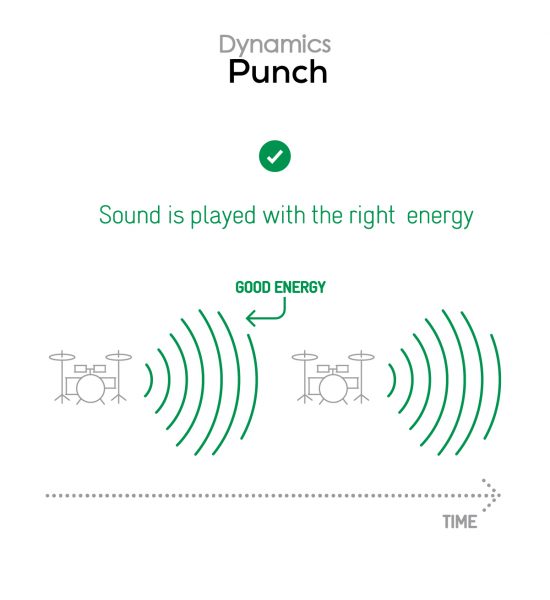


Spatial
Apple iPhone 15 Pro Max
162
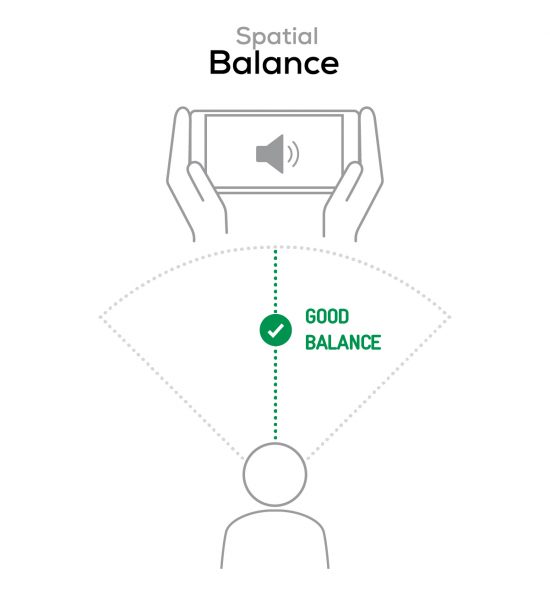
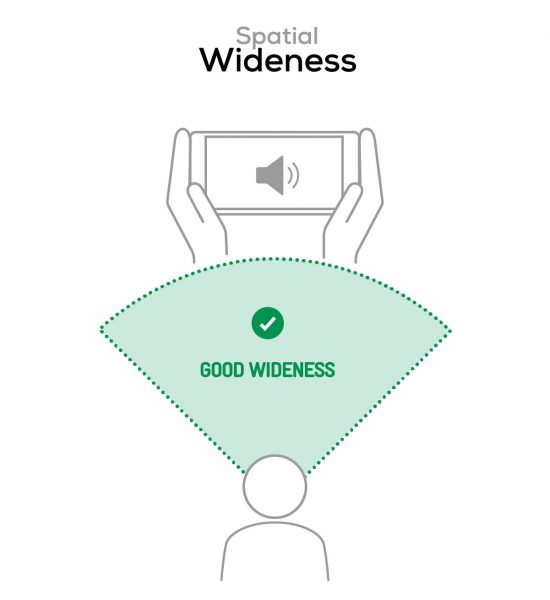

Volume
Apple iPhone 15 Pro Max
162
The Volume score represents the overall loudness of a smartphone and how smoothly volume increases and decreases based on user input.
| Hip-Hop | Classical | |
| Apple iPhone 15 Pro Max | 75.1 dBA | 72.3 dBA |
| Huawei P60 Pro | 71.9 dBA | 69.4 dBA |
| Samsung Galaxy S23 Ultra | 74.8 dBA | 71.8 dBA |

Artifacts
Apple iPhone 15 Pro Max
157
The Artifacts score measures the extent to which the sound is affected by various types of distortion. The higher the score, the less the disturbances in the sound are noticeable. Distortion can occur because of sound processing in the device and because of the quality of the speakers.
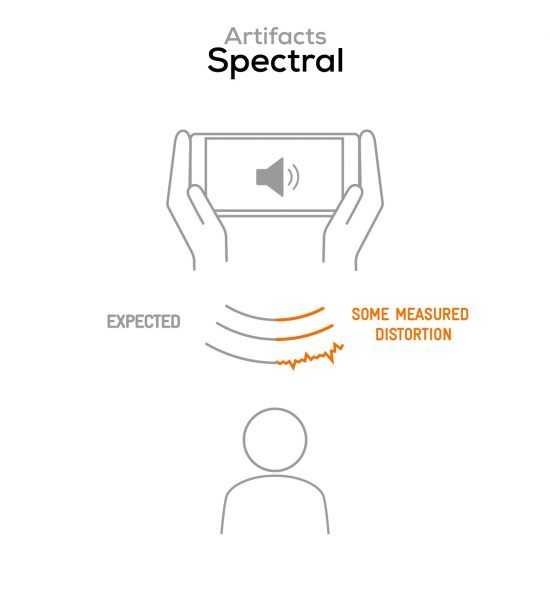

It represents the distortion and noise of the device playing our test signal (0 dB Fs, Sweep Sine in an anechoic box at 40 cm) at the device's maximum volume.
Recording
Apple iPhone 15 Pro Max
160
DXOMARK engineers test recording by evaluating the recorded files on reference audio equipment. Those recordings are done in our labs and in real-life conditions, using default apps and settings.
The latest flagship iPhone is also a great device for capturing sound of any kind. Recordings come with a natural and warm tonal balance. Overall, timbre performance is very good, but there is some inconsistency between use cases. Sonority is generally a little muffled but more so when recording with the selfie camera. Midrange is quite use-case dependent as well, with nasal sonority in the main camera app, quite resonant midrange in the memo app and more natural midrange in selfie video. In the Concert use case, low midrange is more lackluster. but this is also where the 15 Pro Max shows that it can produce a powerful low-end without sounding boomy.
Dynamics are generally good, with a wide dynamic range and good reactiveness, but it is slightly held back by some loss of accuracy in envelope rendition, with the main vocal content often being slightly masked by ambient noise. Recordings made with the memo app are by default in mono, which is a shame as the iPhone possesses good spatial capabilities, with good wideness, correct distance rendition and quite good localizability.
The 15 Pro Max does very well in the volume category, thanks to good loudness of voices, excellent maximum loudness, and great resilience to high sound pressure levels. Even in such demanding conditions it also controls artifacts very well, making it a good choice for recording concerts and similar events. In addition, microphone occlusions are not an issue on the iPhone 15 Pro Max. Voices remain perfectly intelligible, regardless of hand position on the device. To round out an excellent Recording performance, the background sounds natural in all use cases, with a nice tonal balance and no artifacts.
Wind noise reduction is average. Timbre is impacted by moderate to strong winds, resulting in a quite thin timbre which can reduce the intelligibility of voices. Wind noise reduction works best when recording video with the main camera, and strong to moderate winds facing the device. In this usage scenario improvements over the iPhone 14 Pro Max were noticeable. However, with the device at a 90° angle to the wind it is more prone to wind noise, with voice content barely audible.
Here is how the Apple iPhone 15 Pro Max performs in recording use cases compared to its competitors:

Timbre
Apple iPhone 15 Pro Max
147
The Timbre score represents how well a phone captures sounds across the audible tonal range and takes into account bass, midrange, treble, and tonal balance. It is the most important attribute for recording.

Dynamics
Apple iPhone 15 Pro Max
146
The Dynamics score measures the accuracy of changes in the energy level of sound sources, for example how precisely a voice's plosives (the p's, t's and k's, for example) are reproduced. The score also considers the Signal-to-Noise Ratio (SNR), for example how loud the main voice is compared to the background noise.
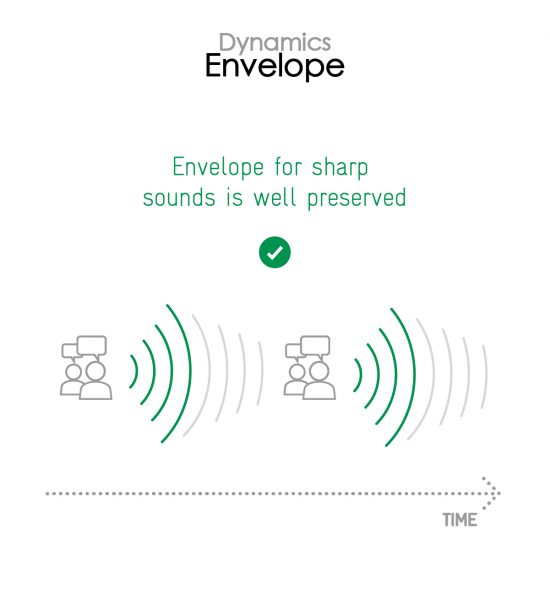
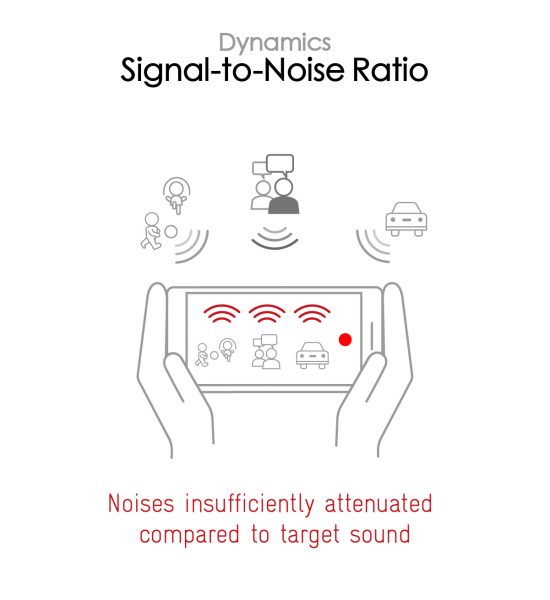

Spatial
Apple iPhone 15 Pro Max
159
The sub-attributes for spatial tests include pinpointing a specific sound's location, its positional balance, distance, and wideness on the recorded audio files.
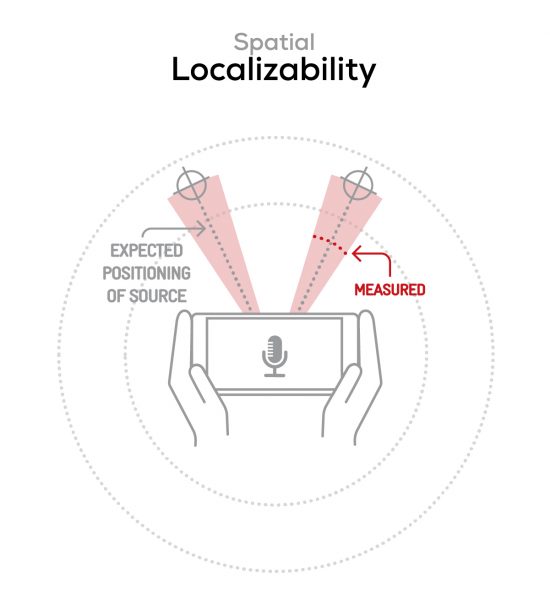
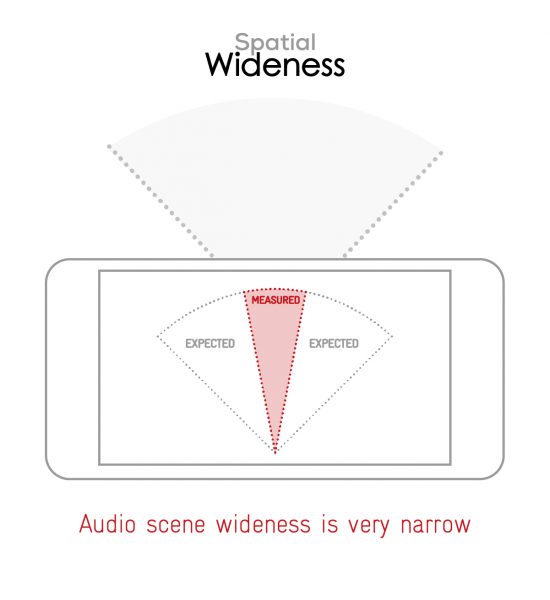

Volume
Apple iPhone 15 Pro Max
170
The Volume score represents how loud audio is normalized on the recorded files and the how the device handles loud environments, such as electronic concerts, when recording.
| Meeting | Life Video | Selfie Video | Memo | |
| Apple iPhone 15 Pro Max | -24.9 LUFS | -22.1 LUFS | -20.5 LUFS | -19.2 LUFS |
| Huawei P60 Pro | -24.5 LUFS | -19.4 LUFS | -18.9 LUFS | -20.2 LUFS |
| Samsung Galaxy S23 Ultra | -26.5 LUFS | -21.8 LUFS | -22.4 LUFS | -21.6 LUFS |
The Artifacts score measures the extent to which the recorded sounds are affected by various types of distortions. The higher the score, the less the disturbances in the sound are noticeable. Distortions can occur because of sound processing in the device and the quality of the microphones, as well as user handling, such as how the phone is held.
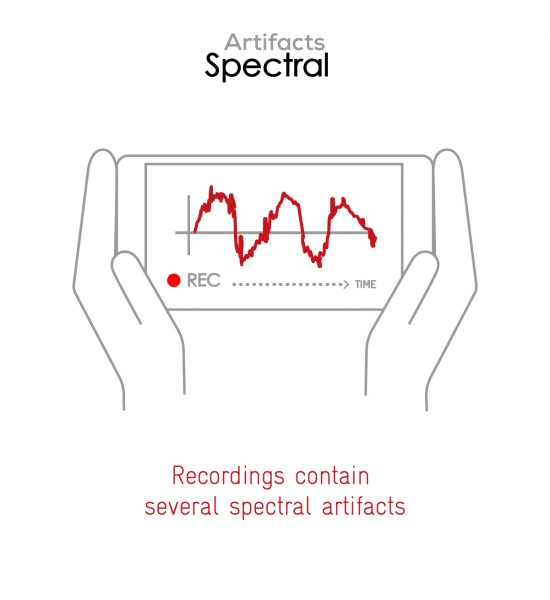
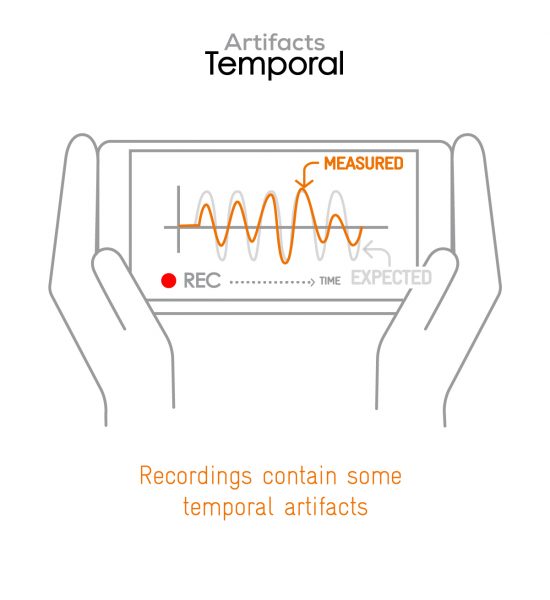
In this audio comparison, you can listen to the way this smartphone handles wind noise relative to its competitors:

Background
Apple iPhone 15 Pro Max
166
Background evaluates how natural the various sounds around a voice blend into the video recording file. For example, when recording a speech at an event, the background should not interfere with the main voice, yet it should provide some context of the surroundings.
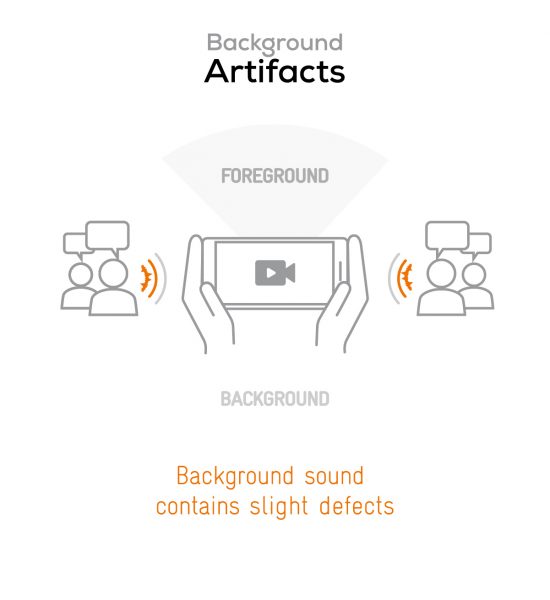



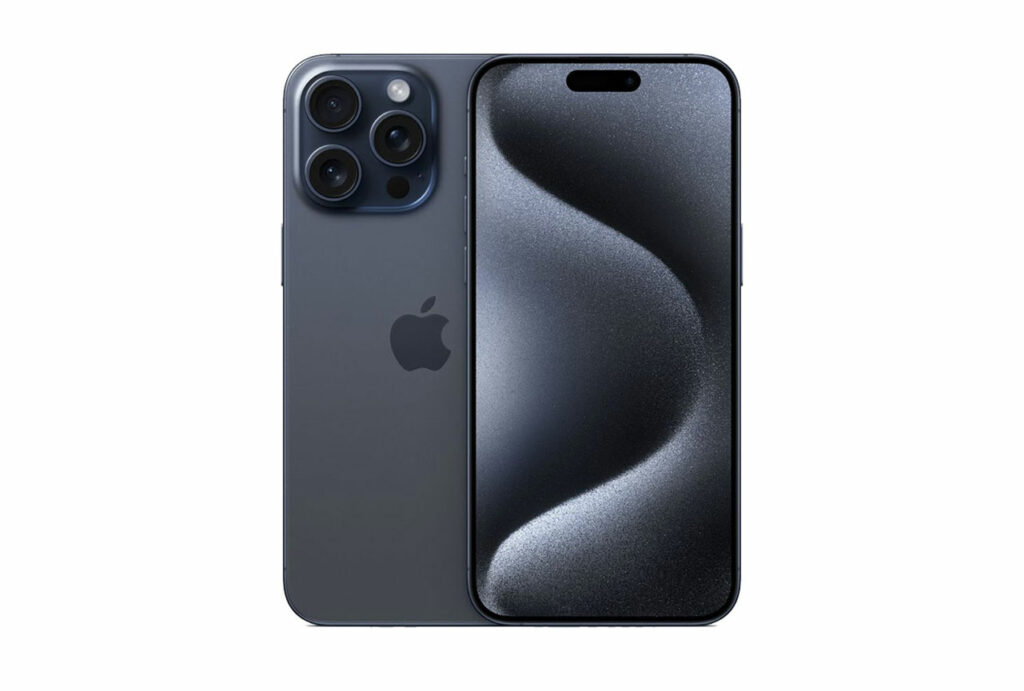

DXOMARK encourages its readers to share comments on the articles. To read or post comments, Disqus cookies are required. Change your Cookies Preferences and read more about our Comment Policy.